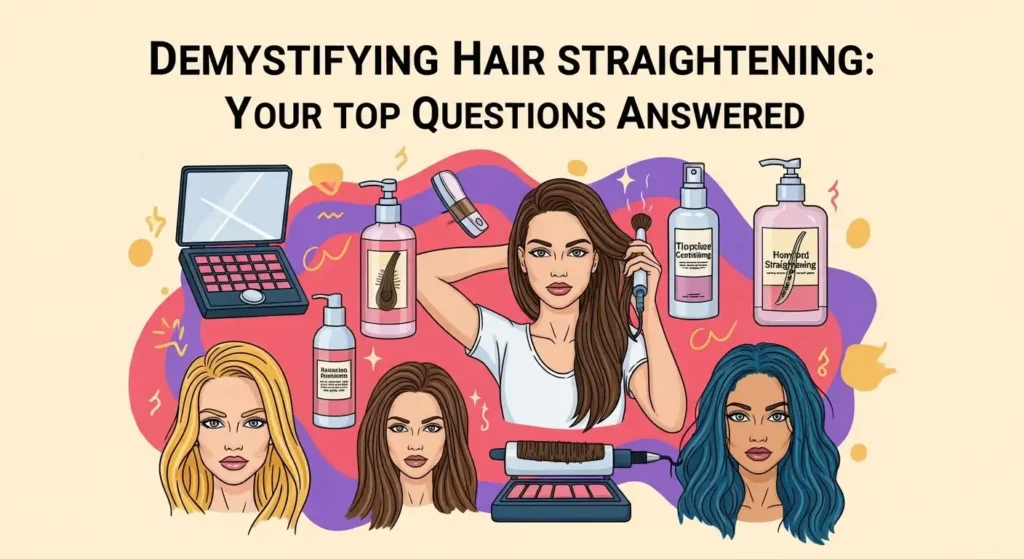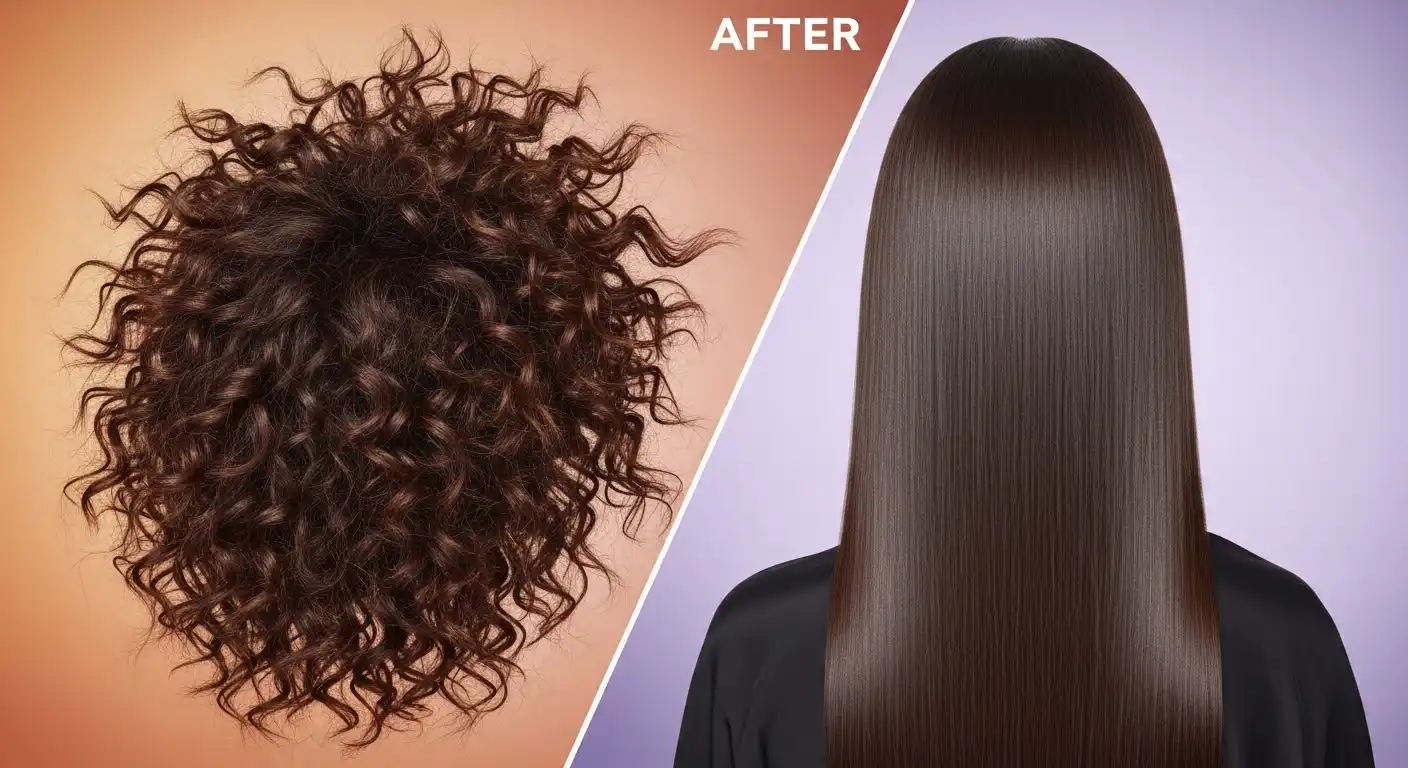The Hair Transformation Truth: What Really Lasts?
We’ve all been there. You leave the salon feeling like a new person, thrilled with your fresh color, cut, or texture treatment. But as the weeks pass, that initial “wow” factor begins to fade, sometimes quite literally. The reality of hair transformations is that their longevity varies dramatically, and understanding what to expect can save you from disappointment and help you make informed decisions about your hair journey.
Some styles seem to vanish overnight—those vibrant fashion colors that fade after just a few shampoos, or the sleek blowout that loses its bounce by morning. Meanwhile, other transformations stick around for months, becoming part of your signature look. This difference isn’t random; it’s rooted in the science of hair itself and the specific techniques used.
Setting realistic expectations starts with recognizing that no transformation is truly permanent. Even the most lasting treatments will grow out, fade, or require maintenance. The key is aligning your hair goals with what’s practically achievable and sustainable for your lifestyle and budget.
Understanding Your Hair’s “Memory”
Your hair has its own kind of “memory”—a natural tendency to return to its original state. This characteristic varies dramatically among individuals and is influenced by several factors:
Hair Texture and Type: Straight hair generally holds color differently than curly hair. Fine hair may absorb color quickly but also release it faster, while thick, coarse hair might be more resistant to both color and texture changes.
Genetics: Your genetic makeup determines your hair’s natural characteristics, including its growth rate, thickness, and tendency toward oiliness or dryness—all of which impact how long transformations last.
Porosity: This refers to your hair’s ability to absorb and retain moisture and chemicals. High porosity hair (often from damage) grabs color quickly but may not hold it well. Low porosity hair resists penetration, making it challenging to process but excellent at holding onto transformations once they take.
Previous Chemical Treatments: A history of coloring, perming, or straightening affects your hair’s structure and its response to new treatments. Over-processed hair may not hold transformations as well as healthy hair.
Simple Strand Test: You can assess your hair’s staying power with a simple strand test. Take a few strands from your hairbrush (or from an inconspicuous area if necessary), apply the product you’re considering, and observe how it reacts over 24-48 hours. This can give you valuable insight into how your hair might respond to a full treatment.
The Lifespan Lowdown: Specific Transformations

Color Chemistry
Hair color longevity exists on a spectrum, with several factors influencing how long your hue will last:
Permanent Color: As the name suggests, this type of color is designed to last until the hair grows out or is cut away. It penetrates the hair shaft and alters the natural pigment. Expect 4-6 weeks before roots become noticeable, though color may fade slightly during this time.
Demi-Permanent Color: This option partially penetrates the hair shaft and typically lasts through 24-28 shampoos, or about 6-8 weeks. It gradually fades without leaving a harsh line of demarcation as it grows out.
Semi-Permanent Color: These deposits color on the hair’s surface without penetrating deeply. They last 6-12 shampoos, or about 3-4 weeks, making them perfect for those who enjoy frequent color changes.
Vibrant Fashion Colors: Unnatural shades like bright blues, pinks, and purples have the shortest lifespan, often fading within 2-4 weeks, even with careful maintenance. These colors sit on the hair’s surface and wash out relatively quickly.
Balayage and Highlights: These techniques create a more gradual grow-out, allowing for longer intervals between salon visits—typically 3-4 months. While the brightness may fade, the overall effect remains appealing for longer than all-over color.
Texture Taming
Changing your hair’s texture involves altering its internal structure, with varying degrees of permanence:
Chemical Straightening: Traditional relaxers and Japanese straightening treatments break the hair’s natural bonds and reform them in a straight pattern. These transformations last until new hair grows in, typically 4-6 months before a touch-up is needed.
Keratin Treatments: These semi-permanent treatments coat the hair shaft with keratin, reducing frizz and making hair more manageable. They typically last 3-5 months, gradually fading with each wash.
Perms: Modern perms create curls or waves by restructuring the hair shaft. They last until the hair grows out, usually 4-6 months, though the curl pattern may relax over time.
Temporary Straightening/Curling: Heat styling with flat irons or curling wands offers immediate but temporary results that typically last until the next shampoo or exposure to humidity.
Extension Excellence

Hair extensions offer instant length and volume, with longevity depending on the application method:
Clip-in Extensions: The most temporary option, these are removed daily and can last 6-12 months with proper care when not in use.
Tape-in Extensions: These semi-permanent extensions are applied with adhesive tape and typically last 6-8 weeks before needing to be moved up closer to the scalp.
Sew-in/Weave Extensions: Installed by braiding natural hair and sewing extensions onto the braids, these can last 6-8 weeks with proper maintenance.
Fusion/Bonded Extensions: Individual strands are bonded to natural hair with keratin glue, lasting 3-4 months with careful maintenance.
Microlink/Loop Extensions: These use small metal rings to attach extensions to natural hair and can last 3-4 months before needing adjustment.
Pro Tips for Prolonging Your Look
Product Power
The right products can significantly extend the life of your hair transformation:
Color-Protecting Shampoos and Conditioners: Sulfate-free formulas are gentler on colored hair, helping to prevent premature fading. Look for products specifically designed for your color type (blonde, brunette, red, or vibrant fashion colors).
Color-Depositing Products: These conditioners and masks can refresh faded color between salon visits, extending the vibrancy of your hue.
Heat Protectants: Essential for anyone using heat styling tools, these products create a barrier between your hair and damaging heat, helping to preserve both color and texture treatments.
Leave-in Treatments: These provide ongoing protection and moisture, which is particularly important for chemically treated hair that may be more prone to dryness and damage.
Wash Day Wisdom
How you wash your hair can make or break your transformation’s longevity:
Frequency: Washing less frequently helps preserve both color and texture treatments. Try to extend the time between washes, using dry shampoo as needed.
Temperature: Hot water opens the hair cuticle, allowing color molecules to escape. Wash with lukewarm or cool water to help seal the cuticle and lock in your transformation.
Technique: Gently massage the scalp rather than vigorously scrubbing the lengths of your hair, which can cause friction and lead to faster fading or frizz.
Post-Wash Care: Avoid rubbing hair vigorously with a towel. Instead, gently squeeze out excess water and consider using a microfiber towel or cotton t-shirt to reduce friction and frizz.
Beyond the Bottle
Your daily habits and environment also play a role in how long your transformation lasts:
Heat Styling: Minimize heat tool usage and always use the lowest effective temperature. When possible, embrace heatless styling methods like braiding damp hair for waves or using foam rollers.
UV Protection: Sun exposure can fade color and damage hair. Use hair products with UV protection or wear hats when spending extended time outdoors.
Swimming: Chlorine and salt water can strip color and affect texture treatments. Wet your hair with clean water and apply a leave-in conditioner before swimming to create a protective barrier. Rinse immediately after swimming.
Pillowcases: Cotton pillowcases create friction that can roughen the hair cuticle, leading to frizz and faster color fading. Consider switching to silk or satin pillowcases for gentler treatment while you sleep.
Your Transformation, Your Rules
Ultimately, the longevity of your hair transformation depends on aligning your expectations with reality and making choices that suit your lifestyle:
Re-evaluating Your Hair Goals: Consider whether you’re looking for a dramatic short-term change or a long-term transformation. This will help guide your choices and ensure satisfaction with the results.
Budgeting for Maintenance: Factor in the cost of touch-ups, special products, and professional upkeep when planning your transformation. Some treatments may seem affordable initially but require significant maintenance costs.
Embracing Evolution: Hair transformations naturally change over time. Rather than fighting this evolution, learn to work with it. This might mean adjusting your styling techniques as your color fades or your texture treatment grows out, or it could involve planning your next transformation to complement the changing state of your hair.
By understanding the factors that influence hair transformation longevity and following these maintenance tips, you can enjoy your new look for as long as possible and make informed decisions about future hair journeys. Remember, the most successful transformations are those that work with your hair’s natural characteristics rather than against them.

